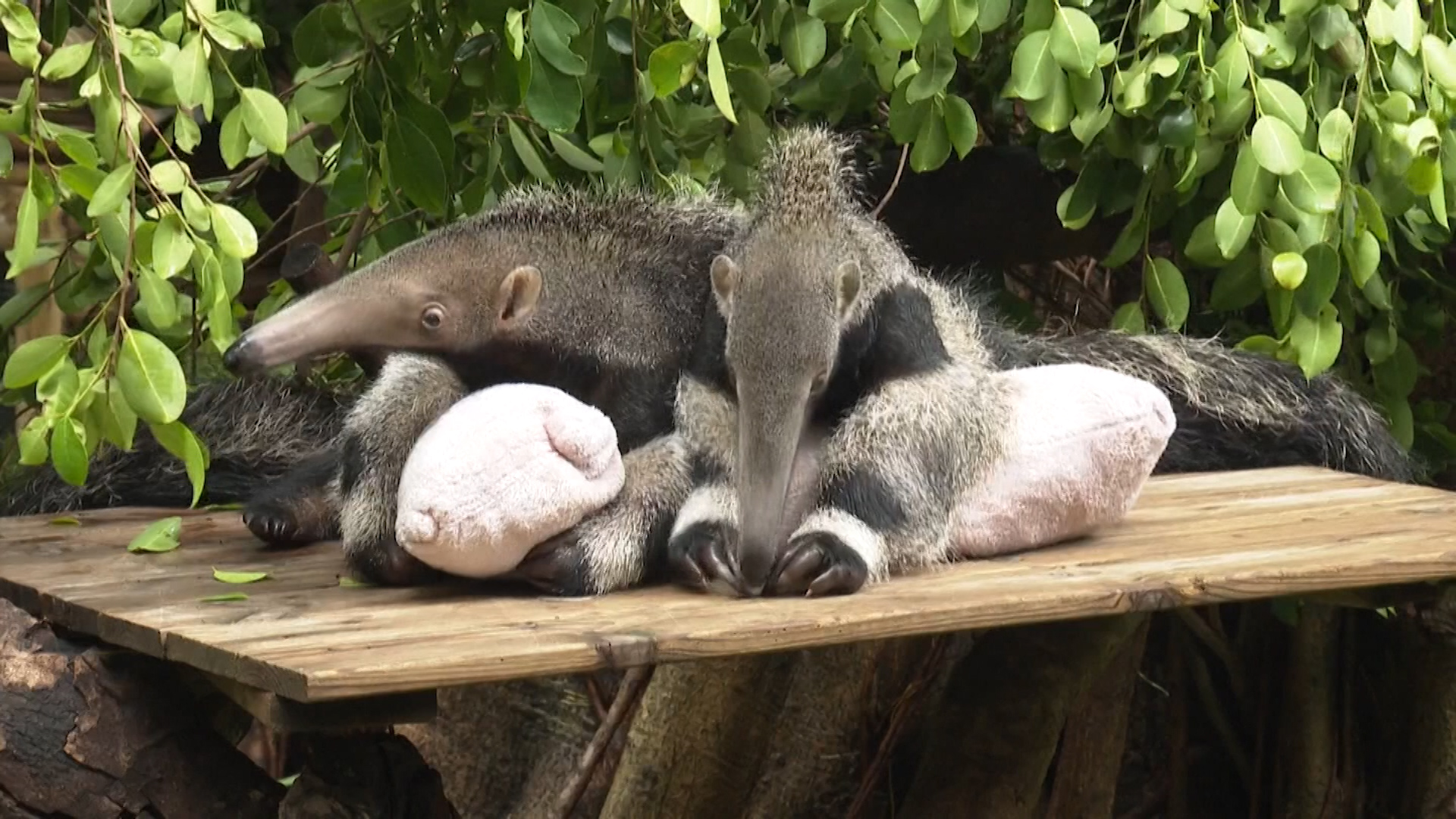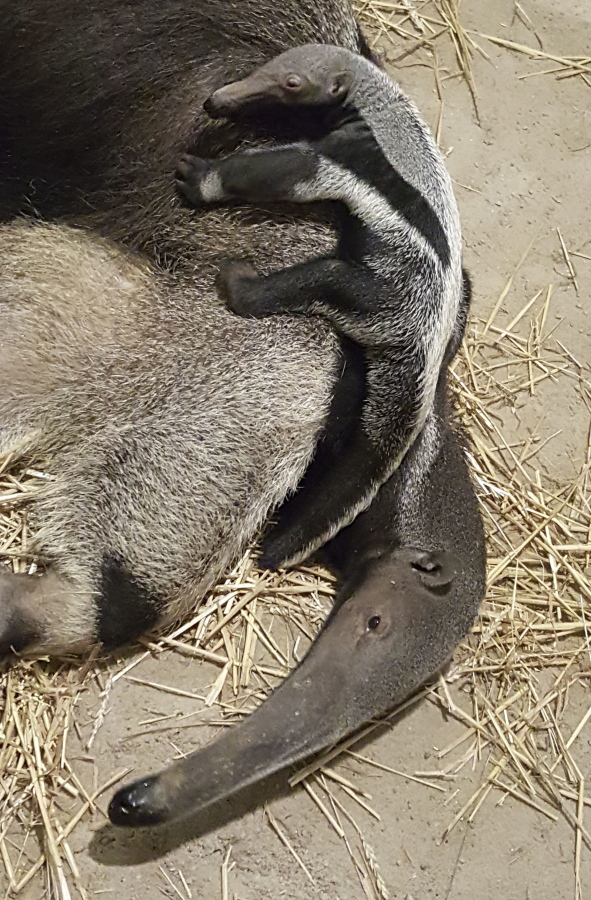- Giant anteaters usually spend the first few weeks of their lives clinging to their mothers and riding on their backs, a free ride that can last up to 12 months. They’re the largest of their.
- There's a new addition at the Miami Zoo: a baby giant anteater The Miami Zoo has a new resident. © From Ron Magill/Miami Zoo Ziggy Ebenezer, was born on December 8, the same date as its mother, at.
- Zookeepers at ZSL London Zoo have recruited a special teddy-bear to take on the role of surrogate mum to its newest arrival; a tiny baby anteater. The one-month-old giant anteater, was born on December 28 2016 weighing just 1.2kg, and needed a helping hand from ZSL London Zoo’s keeper team when they realised that first-time mum Inca was.
Houston Zoo Baby Anteater

We are proud to announce the birth of a baby giant anteater. The yet-to-be-named baby was born on the evening of March 31 to mom, Olive. Giant anteaters spend the first few weeks of life clinging to their mothers and will typically hitch a ride on mom’s back for almost 12 months.

Olive has been very attentive to the baby, carefully nursing and transporting the pup on her back. After allowing the pair plenty of time to bond, keepers and zoo veterinarians will determine if the baby is male or female.
Giant anteaters face threats resulting from habitat loss and agricultural expansion. The Zoo’s anteaters serve as ambassadors for their wild counterparts, helping zoo guests understand this unique species. The Houston Zoo is proud to support the Giant Armadillo Conservation Program, a group working to protect giant armadillos and anteaters in the wild.
Although the Zoo has temporarily closed its gates to help slow the spread of COVID-19, the team continues to work tirelessly to care for the animals. In order to help support the Houston Zoo during this unprecedented time, the Emergency Zoo Fund has been launched to help.

April 9, 2020 We are proud to announce the birth of a baby giant anteater. The yet-to-be-named baby was born on the evening of March 31 to mom, Olive. Giant anteaters spend the first few weeks of life clinging to their mothers and will typically hitch a ride on mom’s back for almost 12 months. Laura, a 7-year-old female giant anteater at Zoo Miami, gave birth to what is believed to be a male baby sometime during the early morning hours of December 8. Zoo officials said this was also.
Baby Giant Anteater
© From Ron Magill/Miami Zoo Ziggy Ebenezer, was born on December 8, the same date as its mother, at the Miami Zoo.The Miami Zoo has a new resident.
A male giant anteater was born December 8, its mother's birthday, the zoo said in a news release.
Baby Giant Anteater Pictures

The arrival of Ziggy Ebenezer wasn't all smooth sailing.
On one of the coldest nights of the year in Florida, the adult female abandoned the baby in the corner of their enclosure. The newborn was weak and cold, according to zoo officials, and was immediately taken to the zoo hospital and put in intensive care.
Giant Anteater Baby Facts
The team did not think that Ziggy would survive. But he slowly became more responsive as he got warmer, and within 48 hours he was strong enough to be reintroduced to his mother. Still, the mother began to reject him, and Ziggy was returned to the hospital to receive care.
The zoo said he was originally tube fed but is now accepting a bottle and is fed every three hours.
'It continues to gain strength and its distinct black and white coat is beginning to grow in,' the zoo said in the release.

'Zoo veterinarians are cautiously optimistic that the baby has overcome the most serious challenges of its first few days and are hoping that the improvements continue though there are still obstacles ahead as there would be for any infant in this situation.'
Types Of Anteaters
Giant anteaters are the largest of the four species of anteaters and can reach 6-8 feet, according to the zoo's website. They are native to Central and South America and are listed as vulnerable, with their greatest threat being habitat loss.
The animal is commonly called the 'ant bear' and has tongues that can be 2 feet long to lick up to 150 ants or termites a minute.
They use their strong powerful front claws to fend off predators, like jaguars, since they have no teeth.
